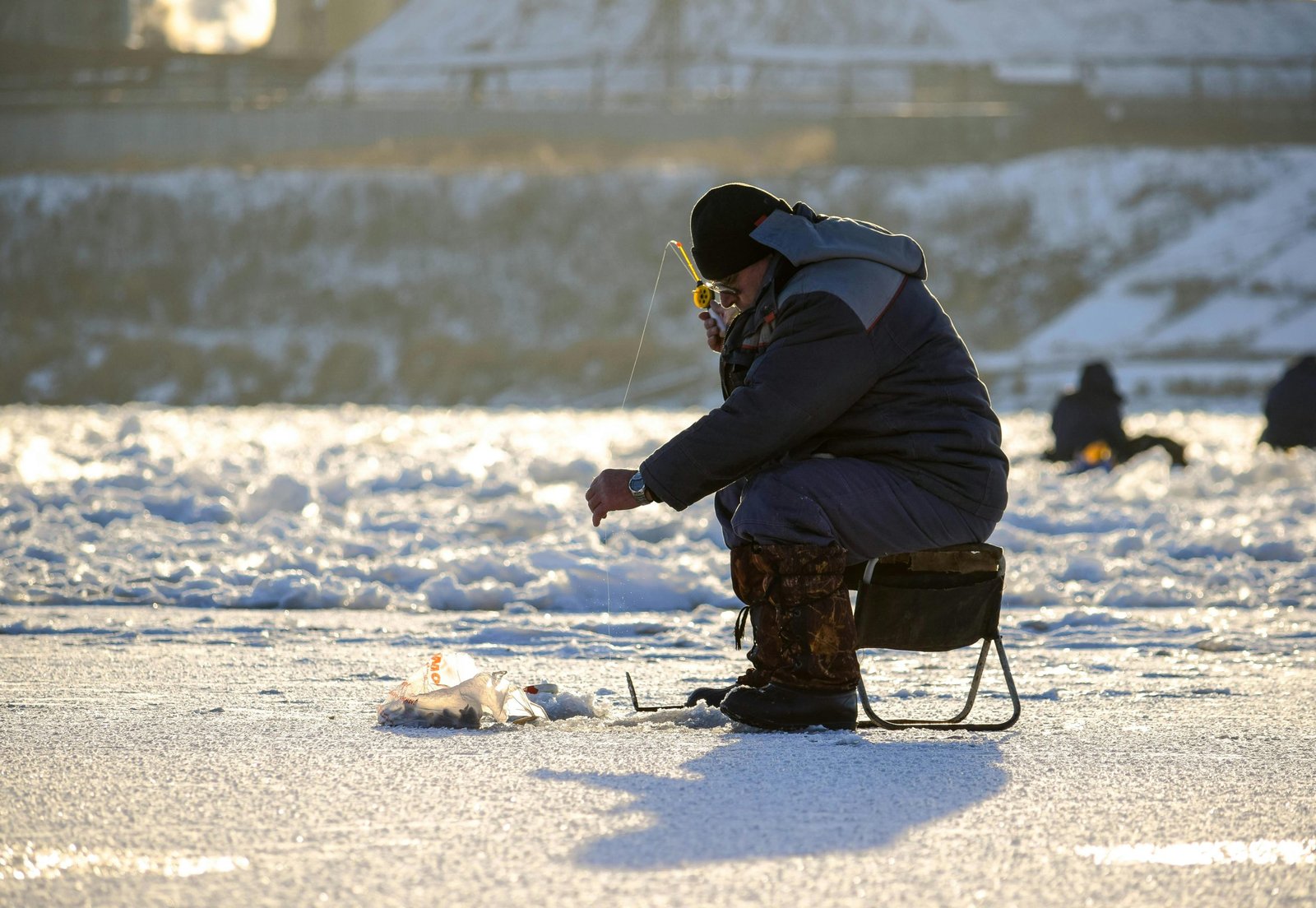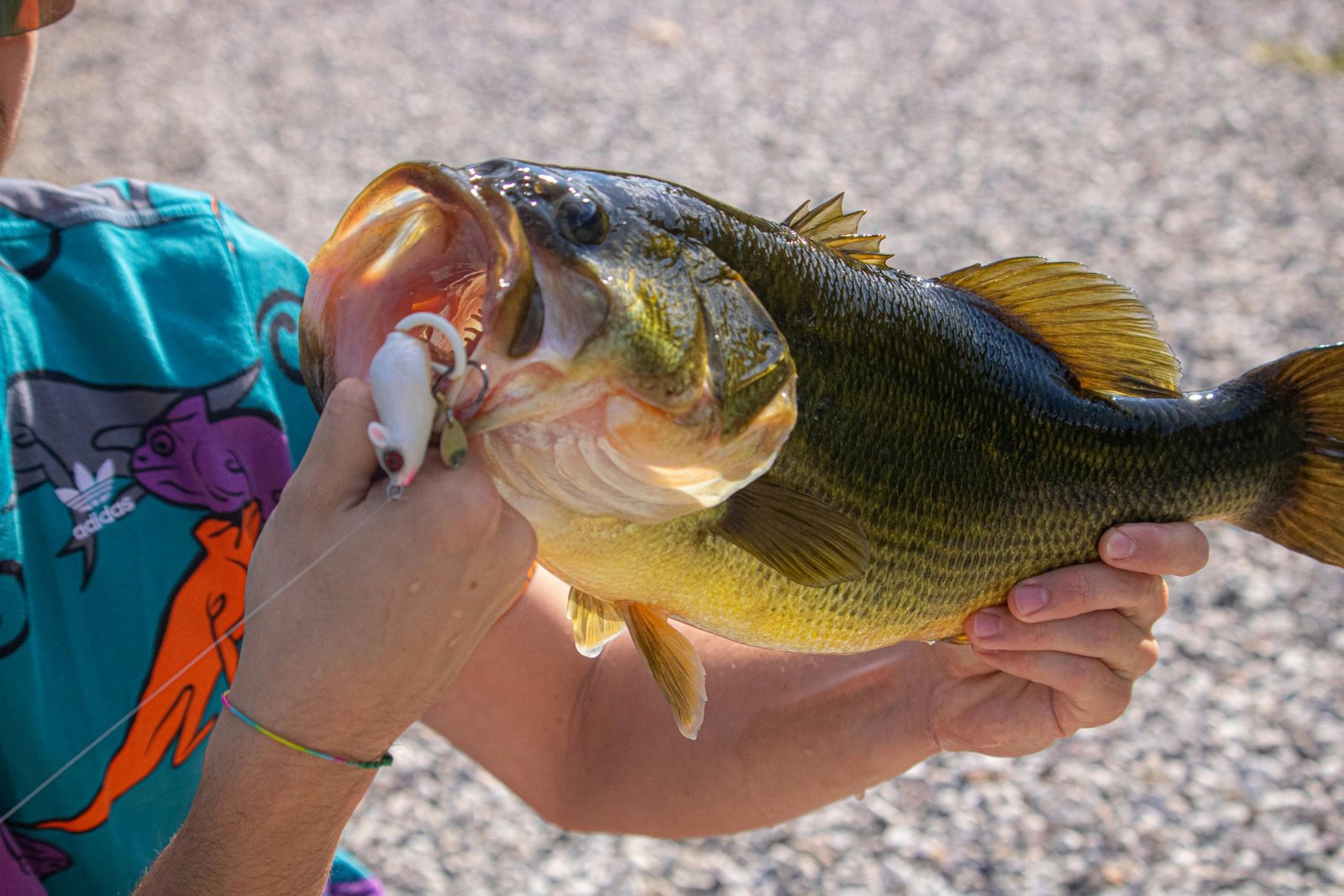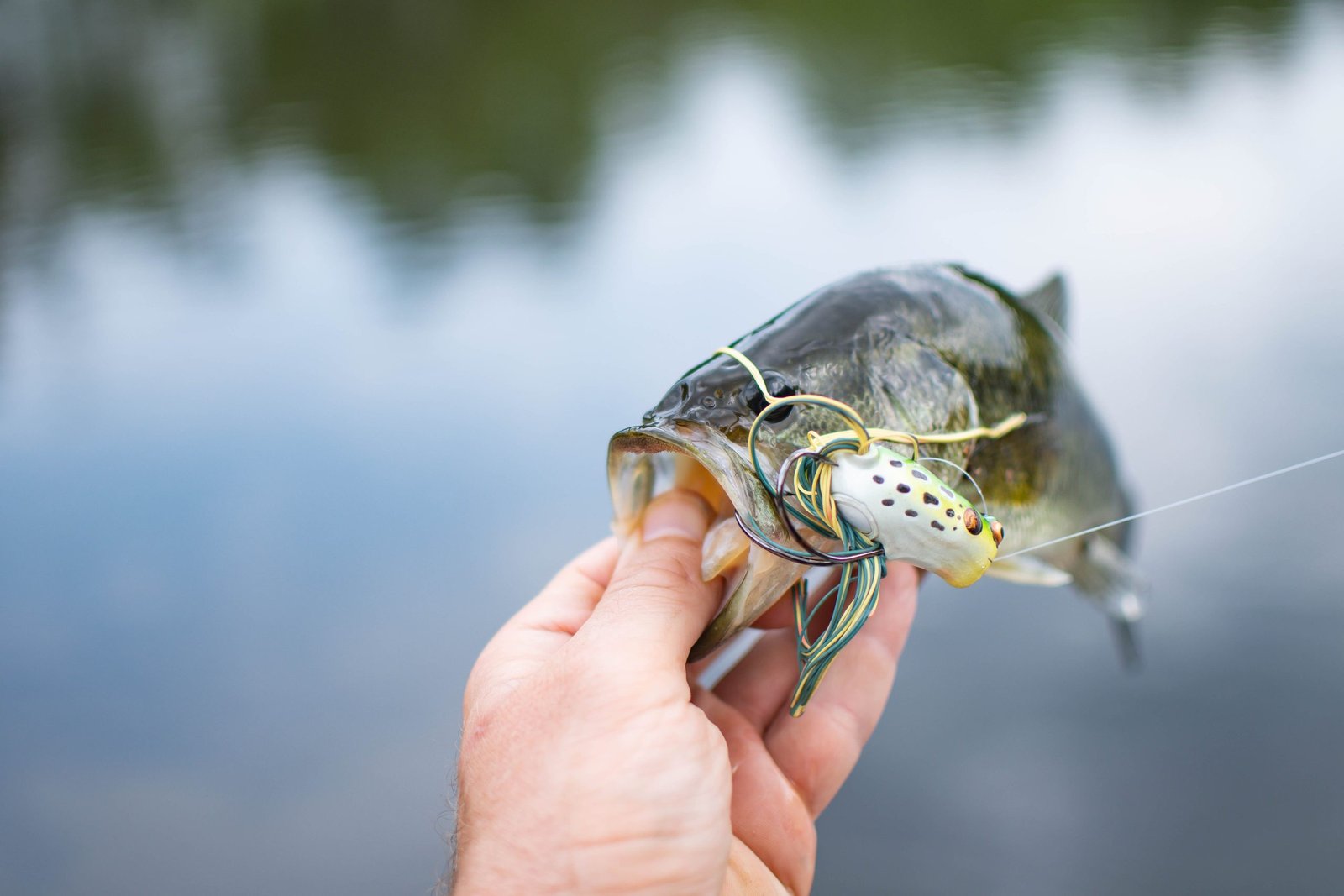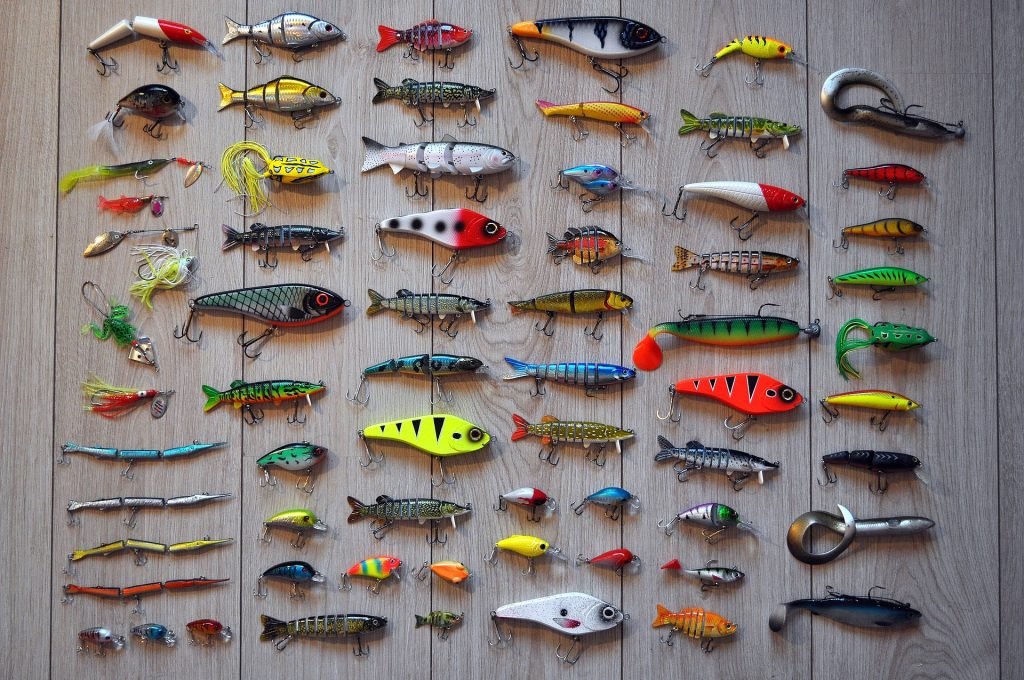
I’m sure your tackle box is filled with lures, all different through the type, color, action and shape.
But how about sizes?
First and foremost, the size of your lure will determine what size of fish you will catch.
There isn’t some formula to calculate which lure size for which fish size. But, in general, smaller fish will bite smaller lures, while larger lures will be more visible and attractive to larger predators.
Second, the body of water you fish in will also determine which lure size to use.
You can imagine that a 15-inch swimbait is kind of overkill for a small pond. Just like an 1-inch tail grub won’t perform while deep-sea trolling.
So, without further ado, let’s see which lure size to choose based on species, lure type and season.
Lure Sizes for Different Fish Species
Different fish species have different feeding habits, so it’s important to match your lure size to the type of fish you’re trying to catch. Here are some guidelines for selecting the right lure size for different fish species.
Trout Fishing
Trout are known for their finicky feeding habits, so it’s important to choose the right lure size to entice them. In general, smaller lures are more effective for trout fishing. Here are some recommended lure sizes for different types of trout:
- Brook Trout: 1/16 to 1/8 oz.
- Brown Trout: 1/8 to 1/4 oz.
- Rainbow Trout: 1/8 to 1/4 oz.
Bass Fishing
Bass are aggressive predators that will strike at a variety of lure sizes. However, larger bass tend to prefer larger lures. Here are some recommended lure sizes for bass fishing:
- Smallmouth Bass: 1/8 to 3/8 oz.
- Largemouth Bass: 3/8 to 1 oz.
Pike and Musky Fishing
Pike and musky are large, predatory fish that require larger lures to entice them. Here are some recommended lure sizes for pike and musky fishing:
- Pike: 1/2 to 1 oz.
- Musky: 1 to 2 oz.
Salmon and Steelhead Fishing
Salmon and steelhead are powerful fish that require larger lures to handle their size and strength. Here are some recommended lure sizes for salmon and steelhead fishing:
- Coho Salmon: 1/4 to 3/8 oz.
- Chinook Salmon: 3/8 to 1 oz.
- Steelhead: 1/4 to 1/2 oz.
Crappie and Bluegill Fishing
Crappie and bluegill are smaller fish that require smaller lures to entice them. Here are some recommended lure sizes for crappie and bluegill fishing:
- Crappie: 1/16 to 1/8 oz.
- Bluegill: 1/32 to 1/16 oz.
Saltwater Fishing
Saltwater fish species vary widely in size and feeding habits, so it’s important to choose the right lure size for the type of fish you’re targeting. Here are some recommended lure sizes for saltwater species fishing:
- Redfish: 1/4 to 1/2 oz;
- Snook: 1/4 to 1/2 oz;
- Tarpon: 1/2 to 2 oz;
- Tuna: 2 to 8 oz;
- Flounder: 1/4 oz to 1 oz.
Remember, these are just guidelines, and the best lure size may vary depending on the conditions and the specific fish you’re targeting. Experiment with different lure sizes and techniques to find what works best for you.
Different Types of Lures and Their Sizes
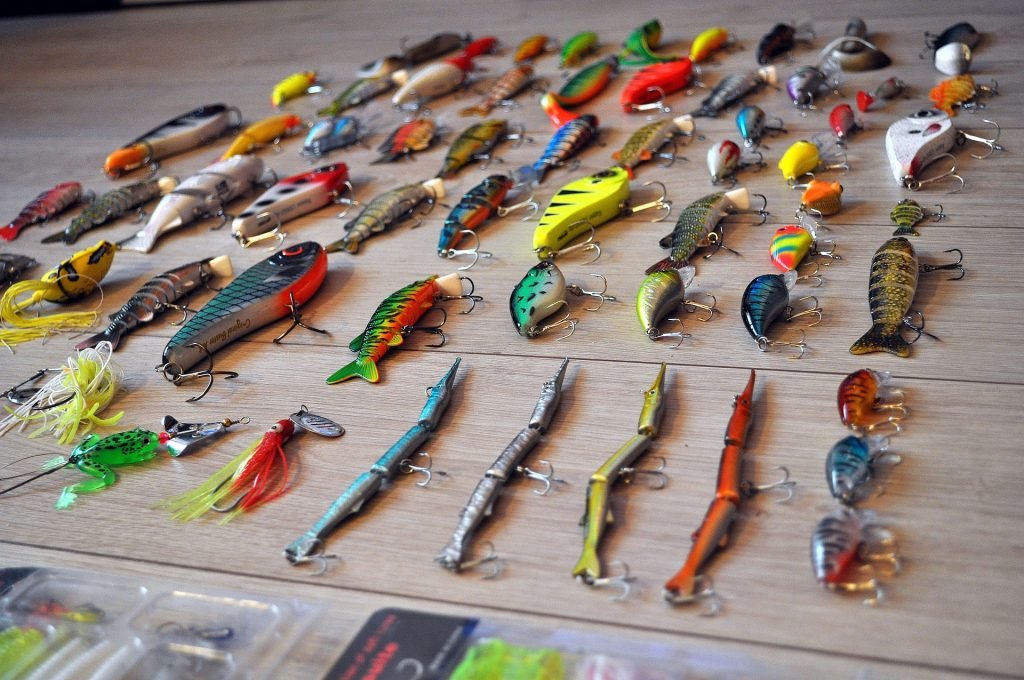
When it comes to fishing lures, there are many different types available, each with their own unique characteristics and sizes. In this section, we will explore some of the most popular types of lures and their recommended sizes.
Jigs
Jigs are a versatile type of lure that can be used in a variety of fishing situations. They come in a range of sizes, typically ranging from 1/32 ounce to 1 ounce or more. The size of the jig you choose will depend on the species of fish you are targeting and the depth of the water you will be fishing in.
Here are some general guidelines for choosing the right size jig:
- 1/32 to 1/16 ounce jigs are good for panfish and small trout in shallow water.
- 1/8 to 1/4 ounce jigs are good for larger trout and bass in deeper water.
- 3/8 to 1/2 ounce jigs are good for walleye, pike, and larger bass in deep water.
Spinnerbaits
Spinnerbaits are another popular type of lure that can be used to catch a variety of fish species. They consist of a metal blade that spins around a wire shaft, creating vibration and flash in the water.
Spinnerbaits come in a range of sizes, typically ranging from 1/8 ounce to 1 ounce or more. The size of the spinnerbait you choose will depend on the species of fish you are targeting and the depth of the water you will be fishing in.
Here are some general guidelines for choosing the right size spinnerbait:
- 1/8 to 1/4 ounce spinnerbaits are good for panfish and small bass in shallow water.
- 3/8 to 1/2 ounce spinnerbaits are good for larger bass and pike in deeper water.
- 3/4 to 1 ounce spinnerbaits are good for musky and other large predatory fish in deep water.
Crankbaits
Crankbaits are a popular type of lure that imitates the movement of a swimming fish. They come in a range of sizes, typically ranging from 1/16 ounce to 1 ounce or more. The size of the crankbait you choose will depend on the species of fish you are targeting and the depth of the water you will be fishing in.
Here are some general guidelines for choosing the right size crankbait:
- 1/16 to 1/8 ounce crankbaits are good for panfish and small trout in shallow water.
- 1/4 to 1/2 ounce crankbaits are good for larger trout and bass in deeper water.
- 3/4 to 1 ounce crankbaits are good for pike, musky, and other large predatory fish in deep water.
Spoons
Spoons are a type of lure that imitates the movement of a wounded or dying fish. They come in a range of sizes, typically ranging from 1/8 ounce to 1 ounce or more.
Here are some general guidelines for choosing the right size spoon:
- 1/8 to 1/4 ounce spoons are good for panfish and small trout in shallow water.
- 1/4 to 1/2 ounce spoons are good for larger trout and bass in deeper water.
- 3/4 to 1 ounce spoons are good for pike, musky, and other large predatory fish in deep water.
Soft Plastics
Soft plastic lures are a popular type of lure that can be used to catch a variety of fish species. They come in a range of sizes and shapes, from small worms and grubs to larger swimbaits and creature baits.
The size of the soft plastic lure you choose will depend on the species of fish you are targeting and the type of presentation you want to use. Here are some general guidelines for choosing the right size soft plastic lure:
- Small worms and grubs are good for panfish and small trout in shallow water.
- Larger creature baits and swimbaits are good for bass and pike in deeper water.
Frog Lures
Frog lures are a type of topwater lure that imitates the movement of a frog on the water’s surface. They come in a range of sizes, typically ranging from 1/4 ounce to 1 ounce or more.
Matching Lure Size to Baitfish
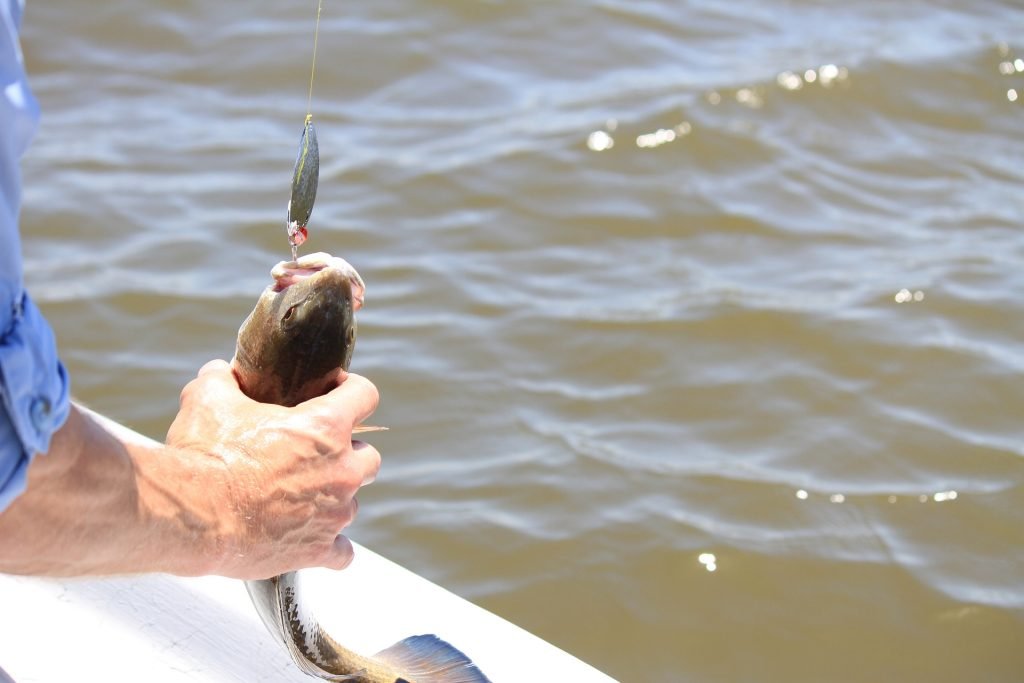
When it comes to choosing the right size lure, it’s important to match the size of your lure to the size of the baitfish in the water. This is known as “matching the hatch,” and it is a key principle of successful fishing.
Different baitfish species can vary greatly in size, so it’s important to know what kind of baitfish are in the water you’ll be fishing in. For example, threadfin baitfish are smaller, often only 3-4 inches long, while gizzard shad can grow over 10 inches in length. Other common baitfish species include alewives, emerald shiners, bluegills, and even trout.
Once you know what kind of baitfish are in the water, you can choose a lure that matches their size. In general, smaller lures are best for smaller baitfish, while larger lures are better for larger baitfish.
It’s also important to consider the season when choosing your lure size. Typically in the winter and spring, baitfish are smallest, so using 3-4 inch lures is a good idea. In late summer and fall, the baitfish are at their biggest, so bumping up to a 4-5 inch lure is often a good choice.
Keep this principle in mind when choosing your lures and you’ll be well on your way to catching more fish.
Choosing Lure Size According to Time of Year
The time of year can play a significant role. Different seasons bring different water temperatures, which in turn affect the feeding habits of fish. Here’s a guide to choosing the right lure size based on the time of year:
Spring
In the spring, water temperatures start to rise, and fish become more active. This is a great time to use smaller lures, as fish are still recovering from the winter and may not be as aggressive as they will be later in the year. Try using finesse lures such as small jigs, soft plastic worms, and jerkbaits.
Summer
Summer is the time of year when water temperatures are at their highest, and fish tend to be more aggressive. This is the time to switch to larger lures that can cover more water and attract more attention. Buzzbaits, spinnerbaits, and crankbaits are all great options for summer fishing.
Fall
As the water starts to cool down in the fall, fish become more active and start to feed more aggressively. This is a great time to use larger lures that can mimic the bigger baitfish that fish are feeding on. Try using larger crankbaits, swimbaits, and topwater lures.
Winter
In the winter, water temperatures are at their lowest, and fish tend to be less active. This is the time to switch to smaller lures that can be fished slowly and methodically. Jigs, finesse worms, and small swimbaits are all great options for winter fishing.
Conclusion
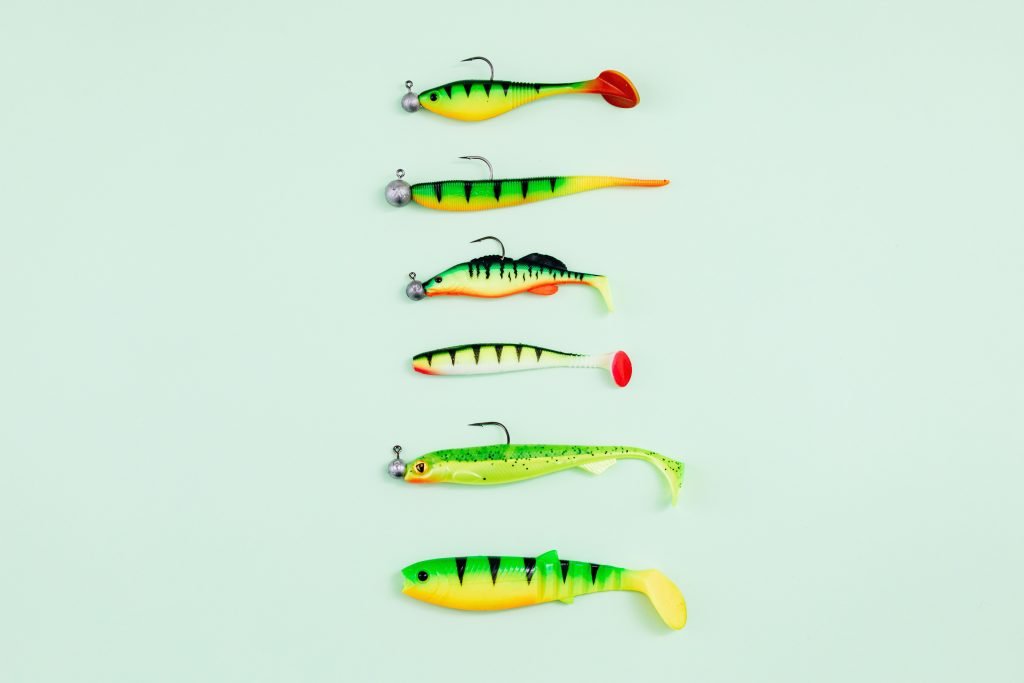
When it comes to choosing the best fishing lure size, there are a few important factors to consider. First and foremost, you need to match the size of the lure with the size of the bait that the targeted species is eating. This means that you’ll need to do some research on the species you’re targeting and the type of bait they typically eat.
Another important consideration is the depth and location you’ll be fishing in. Different depths and locations may require different lure sizes to be effective. For example, if you’re fishing in shallow water, you may want to use smaller lures, while deeper water may require larger lures to reach the desired depth.
Your presentation technique can also impact the size of the lure you choose. If you’re casting and retrieving quickly, you may want to use a smaller lure to create a more natural look. On the other hand, if you’re fishing slowly and methodically, a larger lure may be more effective.
When it comes to choosing the best fishing lures, there are many options available. Some anglers prefer to use live bait, while others prefer artificial lures. Ultimately, the best lure for you will depend on your personal preferences and the specific conditions you’re fishing in.
As you build your tackle box, it’s a good idea to have a variety of lure sizes on hand. This will allow you to experiment with different sizes and find the best option for the conditions you’re fishing in. By taking the time to choose the right lure size and presentation technique, you’ll increase your chances of catching more fish.
Frequently Asked Questions
What size lure is best for trout?
When it comes to trout, the best size lure depends on the size of the fish you are targeting. For smaller trout, a 1/16 to 1/8 ounce lure can be effective, while larger trout may require a 1/4 to 3/8 ounce lure. It’s important to match the size of your lure to the size of the fish you are targeting, as using a lure that is too large or too small can result in fewer bites.
What is the size of a size 4 fishing lure?
The size of a size 4 fishing lure can vary depending on the manufacturer, but it typically refers to a lure that is approximately 2 inches in length. However, it’s important to note that the size of a lure is not just determined by its length, but also by its weight and shape.
Do smaller lures catch more fish?
Not necessarily. While smaller lures can be effective for certain species and in certain situations, larger lures can also be effective. It’s important to match the size of your lure to the size of the fish you are targeting, as well as to the conditions you are fishing in.
What is the ideal weight for fishing lures?
The ideal weight for fishing lures depends on the species you are targeting and the conditions you are fishing in. In general, lighter lures are better for shallow water or when fish are feeding near the surface, while heavier lures are better for deeper water or when fish are feeding near the bottom.
How do I choose the right fishing spoon size?
When choosing a fishing spoon, it’s important to consider the size of the fish you are targeting, as well as the depth and speed of the water you are fishing in. In general, smaller spoons are better for smaller fish and slower water, while larger spoons are better for larger fish and faster water.
Are personalized fishing lures effective?
While personalized fishing lures can be a fun and unique addition to your tackle box, there is no evidence to suggest that they are more effective than standard fishing lures. Ultimately, the effectiveness of a fishing lure depends on factors such as the species of fish you are targeting, the conditions you are fishing in, and your own fishing skills and techniques.

